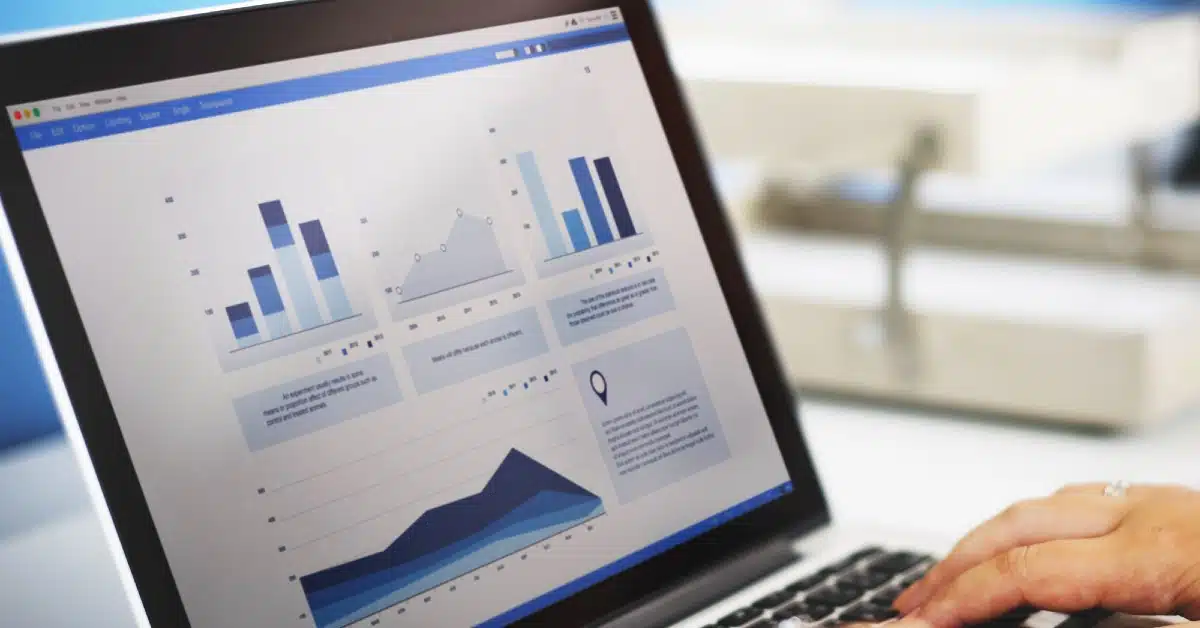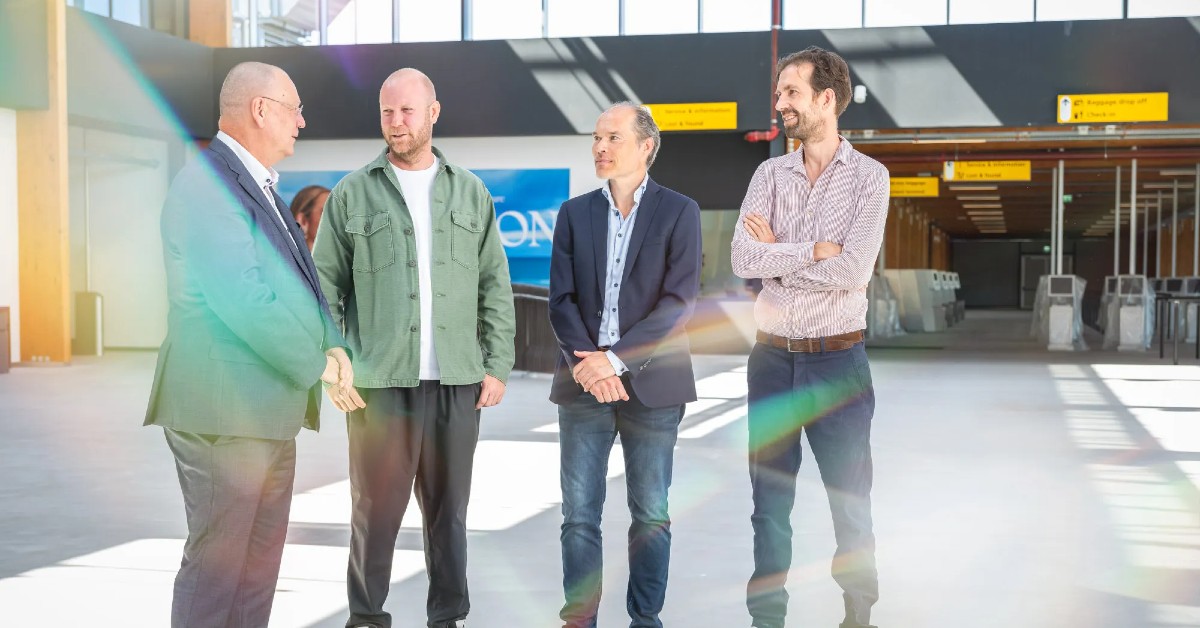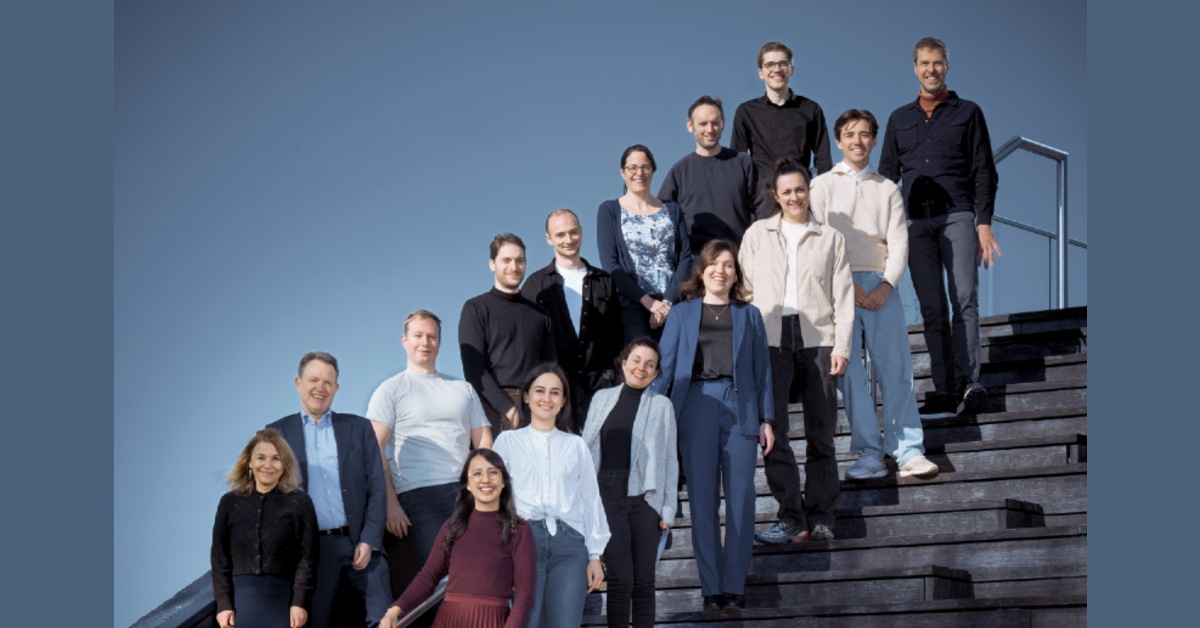After years of rapid growth for SaaS, the industry has entered a new normal. While the pandemic buoyed the sector to new heights and seemed to represent an era of easy sales and soaring customer demand, the data shows that we are now in a period of correction.
While SaaS businesses are still growing in 2023, they are growing slower than they were during the pandemic. Revenue growth is now averaging 11 per cent, according to Paddle’s data – down from 45 per cent from 2022 – while churn rates are also currently 9.6 per cent higher than they were at this time last year.
These figures reflect a period of ‘normalisation’ post-pandemic, marked by rising interest rates and enterprises cutting down on their software expenditure.
What does this mean for the SaaS market? It is not all as bad as it seems. The industry is still growing and it is becoming clear that many of the pandemic-inspired changes to our ways of working are sticking around, meaning that there are still scaling opportunities for SaaS businesses.
However, software companies that want to thrive post-pandemic will need to part ways with the growth-at-all-costs mentality of the last few years, and instead focus on efficiency and scaling in a sensible, smart and sustainable way.
Paddle helps over 4,000 SaaS businesses scale, meaning we have unparalleled insight into the operations of software companies and the spending habits of their customers. With this in mind, here’s three principles all software leaders should remember to continue scaling sustainably in the current environment.
#1 Prioritise product-led growth
SaaS founders and executives will be aware that we are in the age of product-led growth (PLG). PLG has displaced sales-led strategies – the long-standing method of selling SaaS through a salesperson directly to a company executive – and more and more SaaS companies are choosing to let the product itself drive acquisition, conversion, retention, and expansion.
Instead of a demo with a sales team, PLG is characterised by free trials, freemium models and self-serve calls to action – streamlining the acquisition process.
Data shows that 83 per cent of SaaS firms that reach $100m ARR in their first five years use PLG, and some of the sector’s biggest poster children (including Slack, Figma, and even OpenAI’s ChatGPT) have pioneered PLG to massive success. For your business, prioritising this sales motion not only empowers faster, more direct growth, but also makes it more efficient by encouraging a focus on delivering a fantastic user experience.
When many businesses are tightening their belts in the current economy, the benefit of a PLG strategy is clear – products that make it faster and cheaper for users to access new tools or connect with customer support will be preferred over those that don’t.
#2 Maximise international sales
SaaS is inherently global, meaning that software companies can sell into markets across the world from day one. However, at Paddle, we see countless businesses leave revenue on the table through narrow sales geographies and poor localisation. Sustainable growth in the new normal must depend on maximising international sales.
For example, many software businesses experience churn due to failed cross-border transactions – the result of when a SaaS company does not have multiple local banking relationships (through itself or a payments partner) meaning that many payments in foreign currencies trigger fraud precautions and are often subject to false declines.
Other common barriers to international growth include a failure to offer local languages or payment options, or pricing and subscription plans that aren’t tailored to circumstances in different markets.
Delivering a product that makes international sales easy will amend this, boost growth, and limit churn. Paddle data shows that sellers who do not support multiple currencies grow 26 per cent slower than those who do, for instance, while charging in a local currency increases payment acceptance by 9 per cent in some regions. Creating a truly local experience for your customers in far-flung markets is the key to unlocking international growth in the ‘new normal’.
#3 Deliver value through content
While PLG and localisation can help maximise conversions, SaaS companies still need to demonstrate value in advance to drive an understanding of what the product is and what problem it solves.
Delivering product-related content through curated community channels is the ideal way to communicate this value, especially when combined with an emphasis on PLG. Paddle data shows that PLG companies broadcast pre-sale content on their owned channels at a higher rate than other SaaS companies across the board, and offering content including blogs, tutorials, podcasts and even documentaries goes a long way to educating the market, as well as keeping your current customer base engaged.
With enterprises cutting costs and being pickier about SaaS contracts than before, converting buyers is crucial to weathering the current economic climate and scaling in the new normal for SaaS. Adding value through owned content – be it video, newsletters, podcasts or advice forums – will keep your business top of mind to both those ready to buy for the first time, or those already buying.
Surviving in the new normal
SaaS is undergoing a reset: the pandemic-era of low interest rates, flowing investment capital and ballooning demand for software services has finally come to an end.
However, strong growth opportunities remain for startups that are prepared to be operationally and strategically disciplined, focusing on sustainable scaling over ‘growth at all costs’. Keep the above principles in mind – PLG, internationalisation and content – and your startup will emerge as a winner in the ‘new normal’.










01
From telecom veteran to Dutch Startup Visa success: The Jignesh Dave story